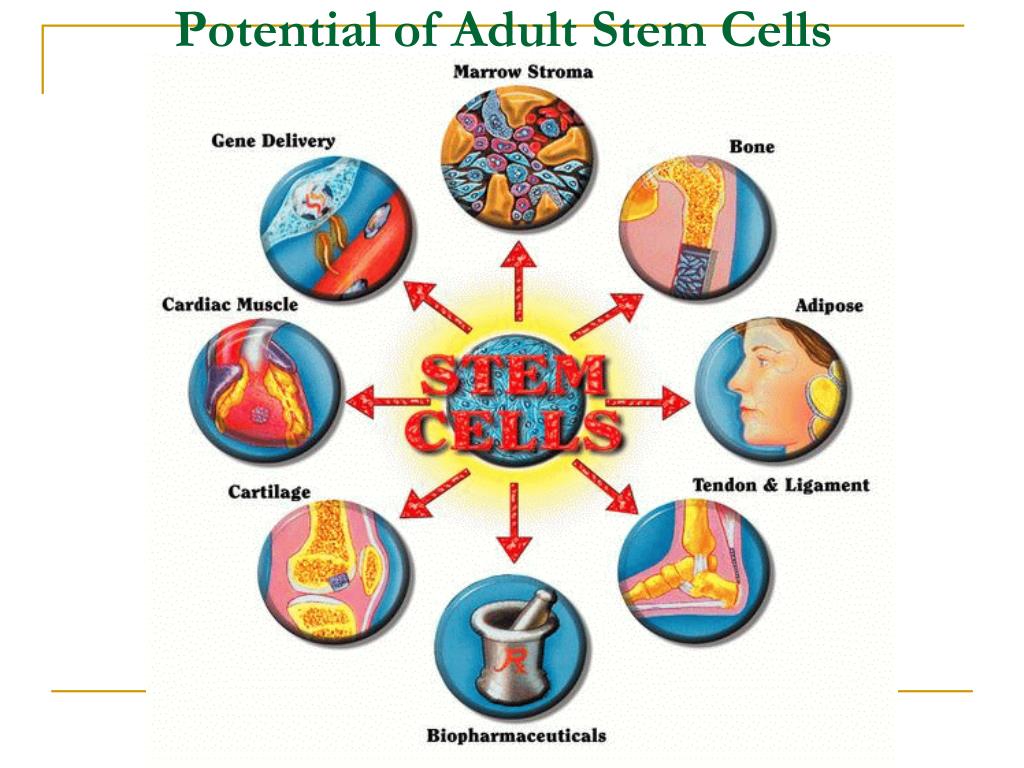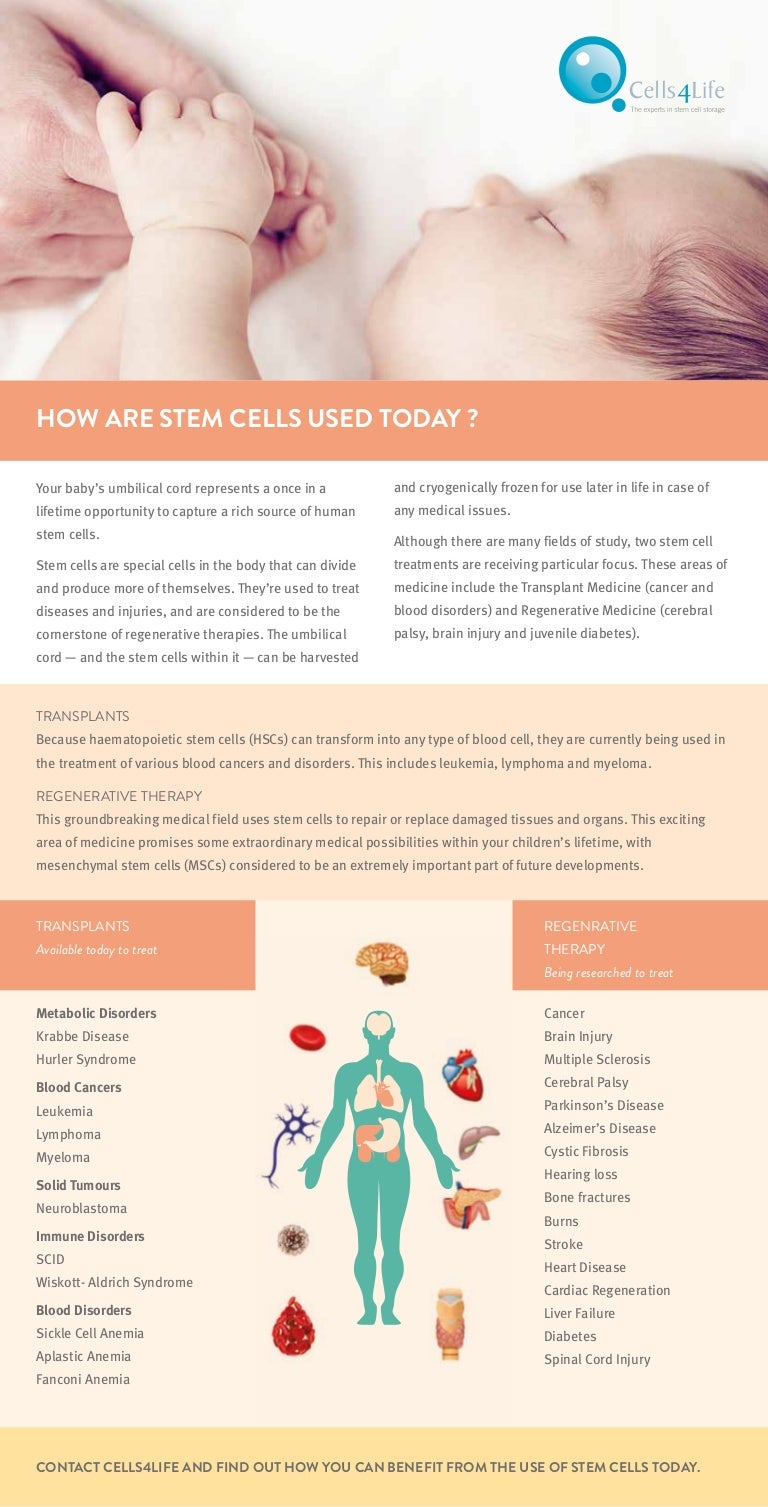
Typically, these stem cells can generate different cell types for the specific tissue or organ in which they live.įor example, blood-forming (or hematopoietic) stem cells in the bone marrow can give rise to red blood cells, white blood cells and platelets. Tissue-specific stem cells (also referred to as somatic or adult stem cells) are more specialized than embryonic stem cells. Human embryonic stem cells have been derived primarily from blastocysts created by in vitro fertilization (IVF) for assisted reproduction that were no longer needed. These cells are incredibly valuable because they provide a renewable resource for studying normal development and disease, and for testing drugs and other therapies. However, when scientists extract the inner cell mass and grow these cells in special laboratory conditions, they retain the properties of embryonic stem cells.Įmbryonic stem cells are pluripotent, meaning they can give rise to every cell type in the fully formed body, but not the placenta and umbilical cord. In normal development, the cells inside the inner cell mass will give rise to the more specialized cells that give rise to the entire body-all of our tissues and organs. A human blastocyst is about the size of the dot above this “i.” Together, we are working to bring the best solutions via best practices to eye patients around the world.Embryonic stem cells are obtained from the inner cell mass of the blastocyst, a mainly hollow ball of cells that, in the human, forms three to five days after an egg cell is fertilized by a sperm. My colleagues in the field are making exciting advances that point the way to answers for those facing age-related macular degeneration and other diseases of the eye. If you are interested in participating in a clinical trial, make sure it is a study that is registered and approved by the FDA by checking out. In other words, I’d like to caution that while optimism is in order, it’s also important to avoid being oversold on experimental approaches. But stem cells are not a panacea.Īnd while I’m enthusiastic, I’m also concerned that patients be realistic about what stem cell therapies can do. Preliminary data suggest that adult stem cells are useful in retinal regeneration and that these cells introduce no adverse effects. We also know there are limits to this technology. We know that non-embryonic stem cells can provide transformative solutions. Our work is complementary in ways that stand to benefit our patients for years to come. Our capacity to understand the cutting-edge research and develop new approaches is aided by our colleagues at the Jules Stein UCLA Eye Institute, who can provide us with their data using embryonic stem cells. We do know that because relatively few cells are needed to regenerate structures in the eye, and because the eye is not integral to the body’s immune system and is therefore less likely to reject cells, the potential to find solutions is good. But exactly how much work these cells can do, and how well, is still the subject of tremendous research.


Ram Kannan is deeply engaged in this work, because we believe in the potential benefits. This is enormously encouraging.Īt Doheny, Dr. The prospects are even more intriguing in retina research, where pilot studies show that eyes receiving the adult stem cells also realized better contrast sensitivity and visual acuity, while no tumors appeared. Already, stem cell transplants are successfully used to resurface damaged corneas. Because I see this research as a vital avenue for our patients, I want to use this space to explain precisely how we conduct this research at Doheny Eye Institute, using only adult stem cells, not embryonic stem cells.Īt this time, we know that adult stem cells are capable of regenerating and helping us grow tissues to replace damaged eye tissue. It’s exciting, but the terms are often confusing, and even controversial. One of the great frontiers of research in the quest to improve eye health involves stem cells.


 0 kommentar(er)
0 kommentar(er)
